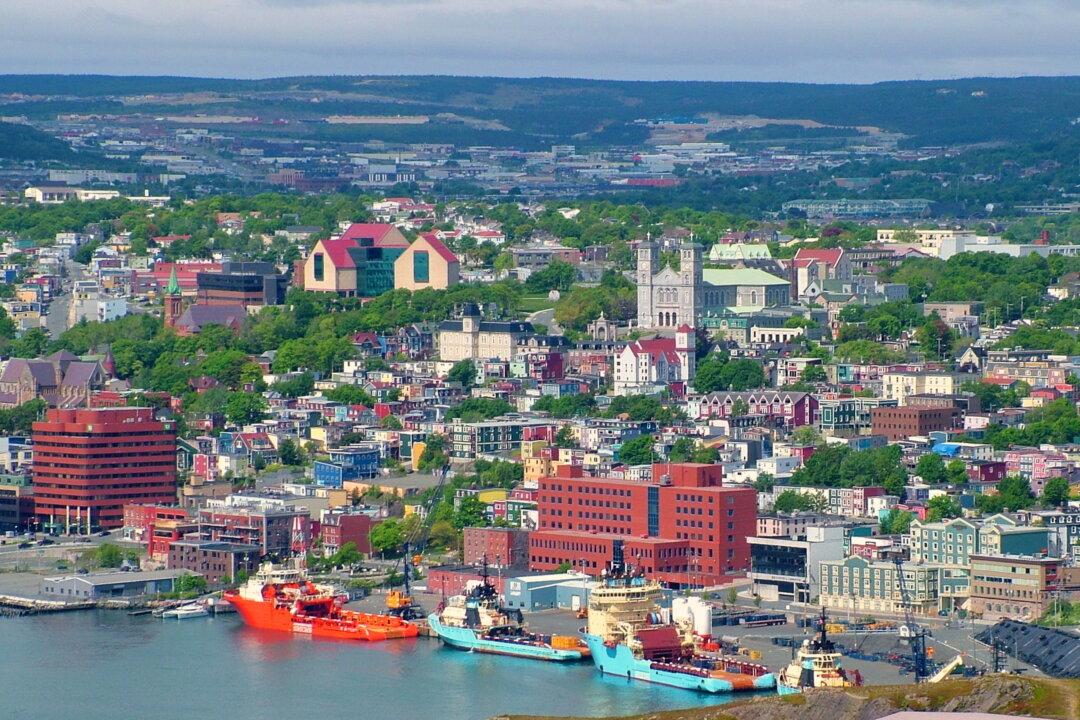Commentary
England was a late participant in the European scramble for territory in the New World. Although explorers such as John and Sebastian Cabot and plunderers like Sir Francis Drake had sailed ships to North and South America, no attempt had been made by England—unlike Spain, Portugal, and France—to colonize the Western Hemisphere.





